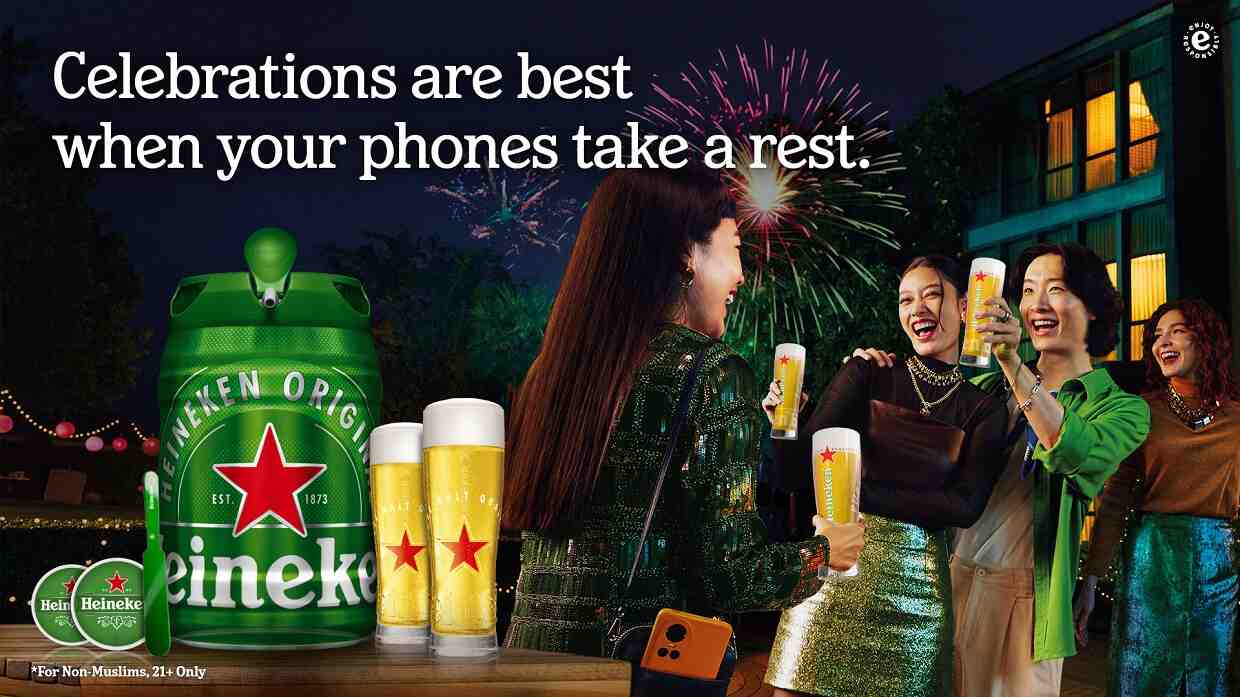Scene One: Like any other weekend, a man goes for his routine jogging on Sunday. Despite being only slightly obese,
the man continues doing regular exercise thinking that if he does not get thinner, it would be unhealthy.
Scene Two: Another man enjoys his day off in bed watching TV. The word ‘exercise’ has never existed in his vocabulary because he feels as long as he is maintaining an ideal weight, he is doing fine. He feels exercise is only for the sick people.
—
But one thing both of them fail to realise here is the fact that body size does not dictate an individual’s state of health. A fat guy may not, necessarily, be less healthy than a thin man.
Dr Adrian Hutber from the American College of Sports Medicine (ACSM) revealed that a fat, but fit person stands a higher chance to live longer than a thin, but unfit one.
He said this while delivering a working paper ‘Exercise is Medicine: A Global Initiative to Benefit All’ at the ‘Workshop For An Active, Healthy Nation’, organised by The Coca-Cola Company and Olympic Council of Malaysia (OCM) here recently. Two other working papers were also presented at the event.
Cardio-respiratory fitness (CFR)
Dr Hutber stressed on the correlation of an individual’s fitness level to the rate of mortality. A research on over 53,000 respondents has revealed that a person with low cardio-respiratory fitness (CRF) is at double the risk of mortality over a smoker and four times the risk of a diabetic patient who perform CRF regularly.
“All it takes is a minimum of 150 minutes of moderate-intensity exercise per week, or 75 minutes of vigorous-intensity one for the same period of time. For additional benefit one may choose to increase to either 300 minutes of moderate-intensity or 150 minutes of vigorous-intensity exercise,” he said.
Moderate–intensity exercise means a workout that is hard enough to raise the heart rate and break into sweat, while still being able to carry on a conversation. Suitable exercises for this purpose are brisk walking, jogging and cycling.
“To reach 150 minutes a week, it is up to the person to manage his or her time. There’s no hard and fast rule on how many minutes to work out a day, as long as you reach the targeted amount of minutes per week,” Dr Hutber responded to a question from the audience.
He also mentioned that there were three purposes of exercise — to avoid disease, to gain and maintain fitness, and the last one being competition or performance-oriented. It is up to the person to decide on the purpose of exercise; however it must not be dragged away from the main objective that is to increase CRF-related activities
“How much have you exercised last week?”
This question is hardly asked by any of our doctors. Not many people know that with the correct intensity of exercise, the risk to many chronic diseases may be reduced tremendously.
“Research has proven that it can reduce the risk of heart disease by 40 per cent, colon cancer by over 60 per cent. Exercise also decreases the risk to Alzheimer by one-third, while it is an effective method to reduce one’s depression level,” said Dr Hutber.
The other benefit includes reducing risk of the following diseases by over 50 per cent – diabetes, high blood pressure and recurrent breast cancer.
Since 2007, ACSM has partnered with the American Medical Association (AMA) to promote the ‘Exercise is Medicine (EIM)’ programme which focuses on incorporating exercise into mainstream medical care practices as an effort to
prevent or treat diseases.
The programme suggests for health care providers to (a) assess the patient’s physical activity and (b) to offer an exercise prescription or a referral to a qualified fitness or allied health professional for further counseling.
Simply said, doctors who subscribe to this programme, assess the patient’s state of health not only by looking at their symptoms but also counting in the amount of exercise they performed per week.
Patients are prescribed not only with drugs, but also a set of exercises as the only means to heal. The doctor also advises them on the amount of exercise they need and this is monitored systematically.
Finding the right partner
This programme has been widely adopted in North and South America, as well as some parts of Europe, Africa, Australasia and Asia. Thailand, Philippines and Singapore have also adopted this system.
Sieh Kok Chi, Honorary Secretary of OCM, who was also present at the workshop said, the council would play its role in promoting EIM in Malaysia. But first they were seeking for strategic partners to form a task force.
Globally, The Coca-Cola Company is known as one of the founding partners of EIM. They have sponsored this programme in Malaysia, with OCM as the working partner.
“For this purpose, we (OCM) welcome any parties such as the Ministry of Education, Ministry of Youth and Sports and associations of medical practitioners or sport doctors in the country to help establish this programme here,” he said.
– Bernama












